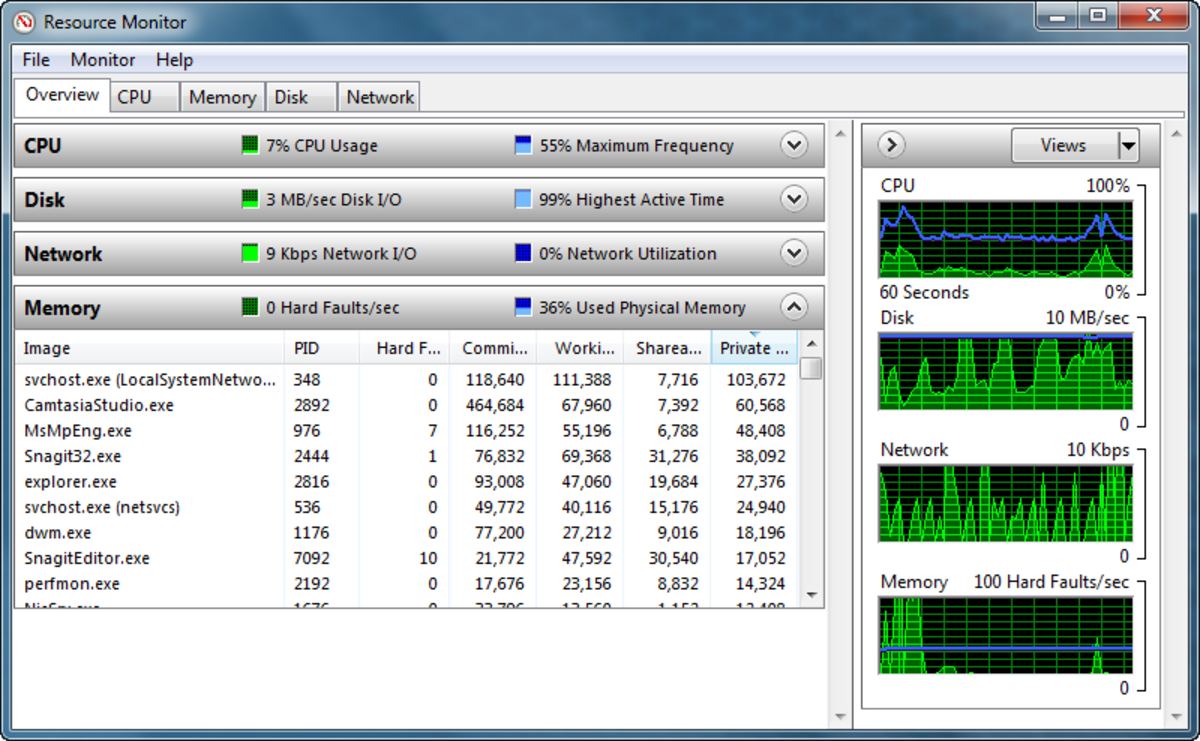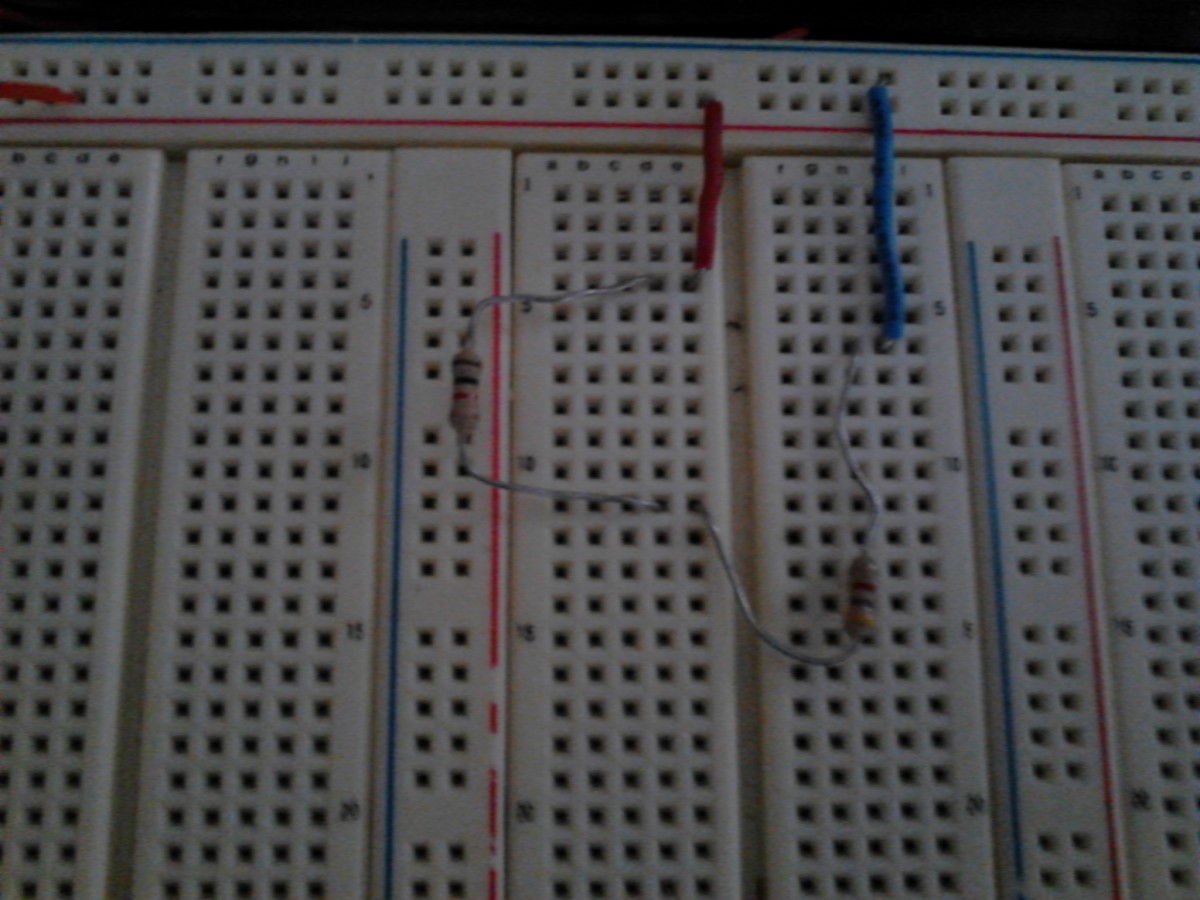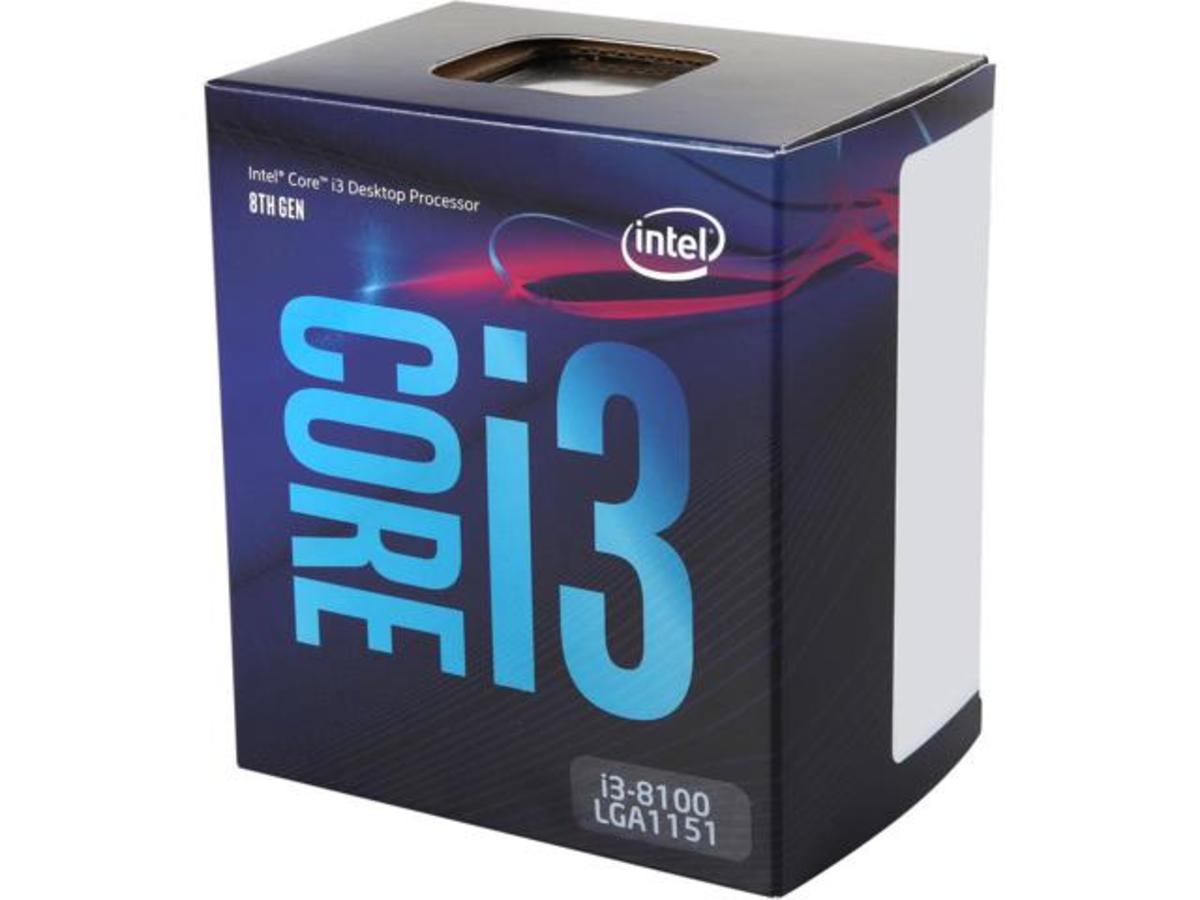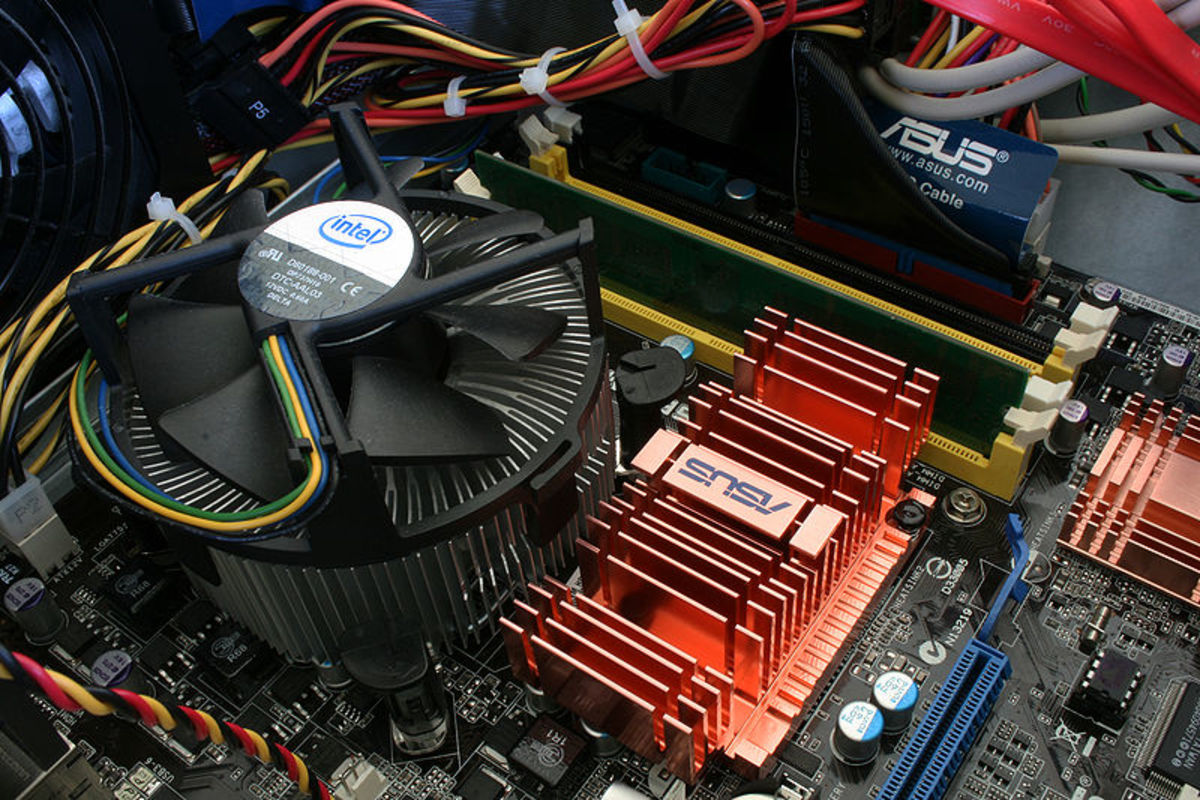A Solid State Hard Drive vs SATA Disks

SSD or SATA Drive?
A few years ago choosing a hard drive for your computer was one of the easiest component selection decisions. You decided how much you wanted to spend, and picked a disk with the biggest capacity from one of the reputable companies that fit your budget.
However, now you have to decide whether to stick to old fashioned SATA drives, or whether to also get an SSD drive. I think there is quite a lot of confusion about just what advantages a solid state drive gives you. Many people are also under the impression that the new shiny technology is extremely expensive. SSD disks are still pricier than normal drives, but the cost has come down considerably.

SSD
| SATA
|
|---|---|
No rotating parts
| Spins at either 5400 or 7200rpm
|
Very fast data access, computer boots up in 10-20 seconds
| Slower, computer boots up in 1 minute or more
|
Expensive, apps. $1 per GB
| Cheaper, appr. 7-10 cents per GB
|
Limited capacity, usually 128 or 256 GB
| Large capacity 500GB to 4 terrabytes
|
Resistant to shock
| Can easily be damaged by physical shocks
|
SSD vs. SATA Quick Comparison
Different Types of Hard Drives, The SATA Drive
A hard disk is an essential component of any computer. It stores files, programs and the operating system. Although hard drives have improved considerably over time, the basic principle is the same, as it was in the 80s and 90s.
The Data is stored on a rapidly rotating magnetic platter, and is retrieved by a read/write head which can record and retrieve the information on any part of the disk. The majority of disks nowadays have rotations speeds of either 5400 rpm or 7200 rpm, with the faster disks being better.
The method of connecting the drive to the motherboard has undergone several changes. Currently modern drives come with SATA (serial ATA) ports.
The advantages of SATA technology are the price, which is very low per Gigabyte, allowing for huge capacity drives (up to 4 terra bytes) at reasonable prices.
The main disadvantage of SATA drives is the speed of data transfer. Stored data can be read at theoretical speeds of 200MB per second, but if you habitually go and make a cup of coffee after switching your computer on in the mornings, because you get so bored waiting for it to come to life, you know that this is not as fast as it sounds.
Another problem, common to all components with moving parts, is durability. Data stored on a hard drive is never completely safe and can be corrupted. The files on traditional disks can easily be damaged by vibrations or shocks.
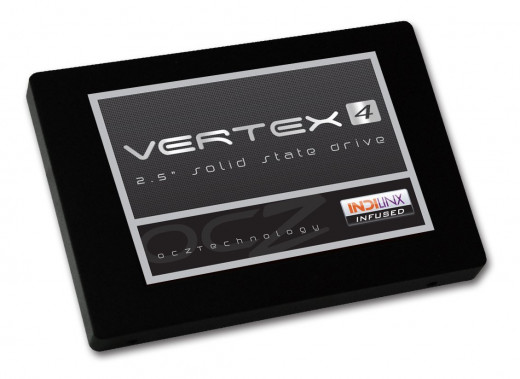
Solid State Drives
SSD disks use flash memory and have no moveable parts. Their main advantage is the speed of reading and writing to the drive, data can be transferred at speeds up to 550 MB per second. If you've ever used a macbook air or an ultrabook laptop, i'm sure you've noticed that they boot in a few seconds, rather than the "go make a cup of coffee" times of a desktop. This is because ultrabooks have SSD drives.
The speed of launching programs is also greatly enhanced by solid state disks, the end result is a computer that is very responsive, it switches on, or wakes from speed very quickly, and there is very little delay between double clicking on a program icon and being able to start work.
However, for me the most important thing is the computer's performance when a program is being used, specifically when I am playing games. Here I haven't noticed any improvements with an SSD drive. Any bottlenecks that affect performance come from graphics cards or processors rather than the hard disk. Therefore installing an SSD drive will make the computer more responsive, but it will not improve its performance noticeably after a program is launched. In my view the improvements you get from putting in a solid state disk are cosmetic, it is nice to have it, but it won't greatly improve the way your PC handles demanding tasks.
The main disadvantage of solid state disks is the price. Although this has come down in the past few years, the cost is still around $1 per GB, compared to a few cents for SATA drives.
This obviously affects the capacity of the SSD disks that normal users can afford, with drives of 128MB or 256 MB. This is obviously not sufficient for most people, who now often store their photos, music libraries and even movies on their computers. Therefore most setups that have an SSD disk with also have a traditional drive.
The Windows operating system, which you will definitely want to have on your fast SSD takes up 24-30 GB of space. Most people would then put a couple of the programs they use most often, for example your favourite game, on the SSD as well, and store the rest of the programs and data files on the SATA drive.
An SSD disk will not last forever, there is a limited number of write/erase cycles that the memory can survive, between 3000 and 10,000. But if you're worried about its durability, consider that manufacturer's warranties are between 3-5 years on them, which gives you an idea of how long you can expect it to last.
The Best SSD Drives on the Market
In very recent testing PCWorld labs put several of the newest SSD drives through their paces. Top of the list came the Smasung 840 Pro, with a read/write speed of 496 MB per second. The very popular OCZ vertex 4 drive has a slightly lower but still very respectable speed of 450 MBps.
The Samsung drive came first in 4 of the 5 tests PC World put it through, it is a lightening fast drive! It is also more expensive than the other drives, but not by a very significant amount once Amazon's price drop is considered. It comes with a 5 year warranty, and included in the kit are Samsung Data Migration Software and SSD Magician software which allows for easy benchmarking and maintenance of the drive. The Samsung Magician software also has drivers required for SSD drives if you are still using Windows XP (Windows7 and Windows 8 come with their own TRIM support).
The OCZ Vertex 4 disk is not as fast as the Samsung, coming in overall 4th in PC World's test of 7 drives. It is slower than the OCZ Vector from the same company, but it is lower in price. However, it is still very fast and being more affordable, might allow you to have an SSD drive if you are on a tighter budget.
Best SATA Hard Drives
I recently upgraded the SATA drive on my computer after being driven mad by my very loud old disk (I needed the extra capacity as well, 500 GB were no longer enough). I went for the Western Digital green drive, which is advertised as consuming up to 40% less power. This drive is quiet! For the first time I am noticing (and getting annoyed by) the noise of the fans in my computer.
The drive might not be the fastest on the market, being a 5400 rpm rather than a 7200 rpm disk, but for me the silence and energy conservation were worth it. The drive comes in a range of capacities from 320GB-3TB. Really nowadays I wouldn't buy a drive less than 1TB, they are cheap.
If you get a Western Digital drive, make sure you download the free Acronis True Image software which will clone your old disk for a hassle free installation.
If you care more about performance than limited power consumption than you should choose the Caviar Black Western Digital drive. With its 7200 rpm rotation speed and 64 MB cache this drive is very fast. WD offer a 5 year limited warranty which speaks to its reliability.
One thing to note is that these are the OEM versions of the drives. You basically get exactly what you ask for (for a lower price), with no bells and whistles. Significantly the drives come with no cables, which is not a problem as long as you have the power cable (which most probably came with the PSU) and a SATA cable (which most probably was sold with the motherboard).
The lack of cables was not a problem for me, since I was replacing an old drive anyway, but I can imagine that it would be rather frustrating to open up you case, ready to install the drive, and realise that you don't have any way to connect it to the motherboard.






